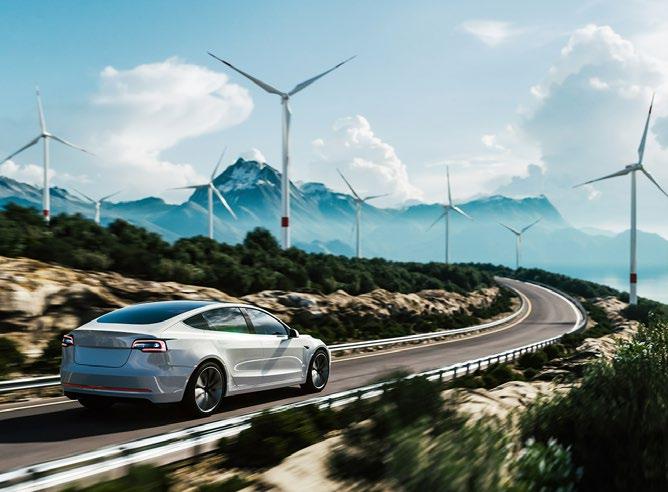
2 minute read
States Send Electric Vehicles Down Different Policy Roads
POLICY & ADVOCACY
StAteS SeND eLeCtrIC VeHICLeS DOWN DIFFereNt pOLICY rOADS
State governments, and in some cases individual local councils, are being left to build their own roadmaps to facilitate the growth of electric vehicles (EVs) across the country. Australia’s uptake of EVs is lagging behind many countries, accounting for only 0.7% of new car sales in 2020. In comparison more than 1.3 million new cars were sold in China, and 70% of all new cars sold in Norway were electric. Rather than taking a consistent and uniform approach to growing this sustainable transport option nationally, state governments are being left to craft their own incentives to support the uptake of EVs. The Victorian Government drew wide criticism from pockets of industry for introducing an EV tax of two cents per kilometre. While the government claims the move is designed to offset revenue lost through EV users not paying fuel excise tax, there are concerns installing an upfront tax on an emerging market will be a strong disincentive for many. In contrast, a key highlight of the New South Wales Budget 2021-22 was a $490 million package to lead the charge on an “electric vehicle rev-olution.” The package includes a range of stamp duty exemptions and rebates as well as a significant investment in charging infrastructure. The South Australian Government is investing $18.3 million to deliver an Electric Vehicle Action Plan. Meanwhile Western Australia has committed to creating Australia’s longest electric vehicle fast charging network with facilities at fortyfive locations across the state to be fully operational by 2024. A number of other bodies, such as local councils and electricity distributors, are pushing ahead with their own projects to provide improved community facilities. Recently, NECA CEO Oliver Judd met with the Electric Vehicle Council CEO, Behyad Jafari, to discuss the opportunities electrical contractors will have off the back of EV uptake. Delivering in-home and community charging infrastructure as well as the potential cost savings for electrical contracting businesses were among the many topics covered. Although states are each crafting their own plan of attack for the EV revolution, the transformation of the automotive industry as we know it is upon us. With the right mix of vehicle availability and accessible charging infrastructure, EV technology is likely to bring a range of opportunities to the electrical sector in the very near future.
Peter McCabe
NECA Director Policy and Government Relations www.neca.asn.au











